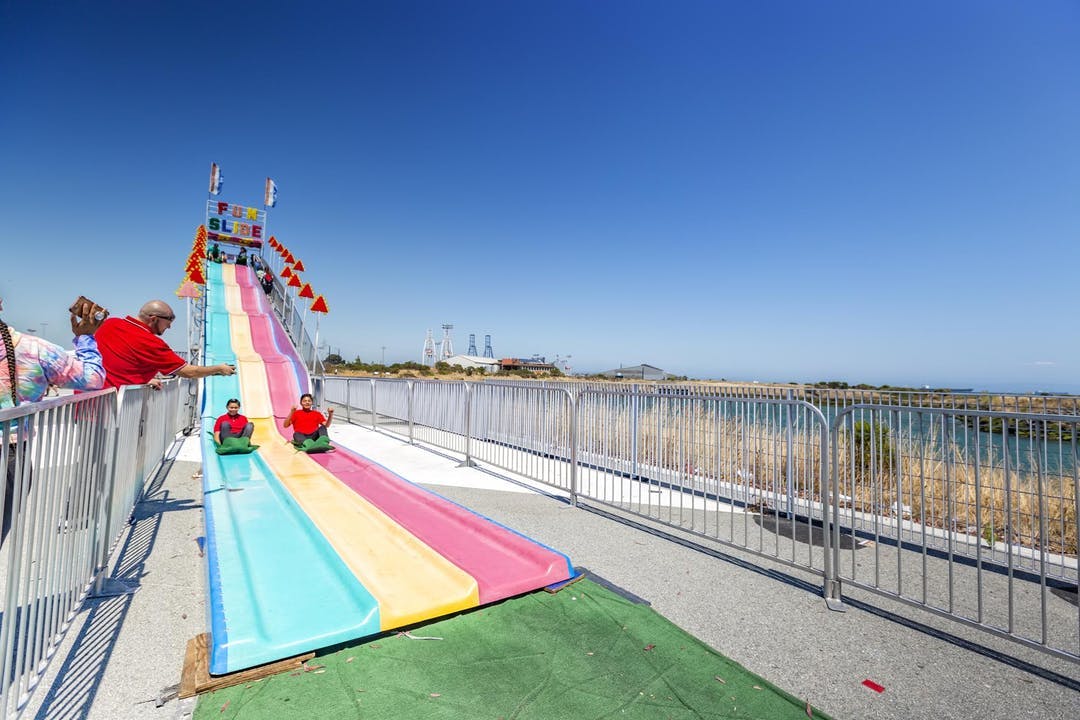Share Test article on Facebook
Share Test article on Linkedin
Email Test article link
Thank you to everyone who took the time to fill out a survey, leave comments on the interactive map, or contact the City directly. We heard from a range of people across the Ridgeway School community: students, parents, and neighbourhood residents.
Through this process, we learned a lot about your transportation and safety priorities for the Ridgeway area.
We heard from over 315 people through the online engagement platform, school-based student surveys, and an in-class student workshop.
Who Did We Hear From

The results are clear that safety is the top transportation priority in this community. The Top 3 Transportation issues identified in the survey were all safety related:
- Make crossings safer
- Reduce speeds
- Address poor driver behaviour
We also heard a lot about the specific locations of concern. The most frequently mentioned locations are listed below.
- Entire School Perimeter
- 300 Block E 9th
- Ridgeway Ave and E 9th
- 400 Block E 9th
- E Keith Rd and Ridgeway Ave
Click the map below to view feedback

Many respondents also reported challenges with crossing E Keith Road at various points. Similar concerns were raised at many of the other locations of concern, as well as a number of other issues that came up frequently. These include:
- Visibility/driver awareness of the 30 km/h zone
- Need for more enforcement around the school
- Gaps in the sidewalk network
- Sightline and visibility issues
We also received a number of suggestions for specific infrastructure interventions at particular locations of concern. We will consider these suggestions as we develop potential options for the area. The most frequent suggestions were for the following:
- Four-way stops
- Crosswalks
- One-way streets
- Pedestrian controlled lights
What we heard from students
We engaged with Ridgeway students through an in-class survey and a classroom-based workshop.
One of the interesting things we learned from the students is that given the choice, most of them would prefer to walk or roll to school.
If you could choose ANY way to travel to school what would it be?

Students echoed some of the safety concerns from the parent and resident survey. Kids talked about busy streets with too many cars, and some students reported challenges crossing the street. A common sentiment was that cars don’t always stop for them. In particular, when asked what would make their trip to school better, one of the most common themes in the responses was around better driving and less traffic. The other most common response to the questions of what would make their trip to school better were things that would make the journey more fun, such as bringing pets, different modes of transportation (usually bike or skateboard), public art, or a school made of candy.
Overall, students say they are fairly confident crossing the street, with 19% saying they felt bad or unsafe and the remaining 81% feeling neutral or good.
Responses to the question “what parts of your trip to school do you like?” highlight the experiential value of that time. Students enjoy spending time with their friends, talking to their parents or siblings, walking, listening to music in the car, or enjoying nature and wildlife. Many students also mentioned Roxanne the crossing guard as being a familiar presence they enjoy seeing each day.
For more detail on the engagement results see the Detailed Feedback Summary Report - PDF
Share Test on Facebook
Share Test on Linkedin
Email Test link


